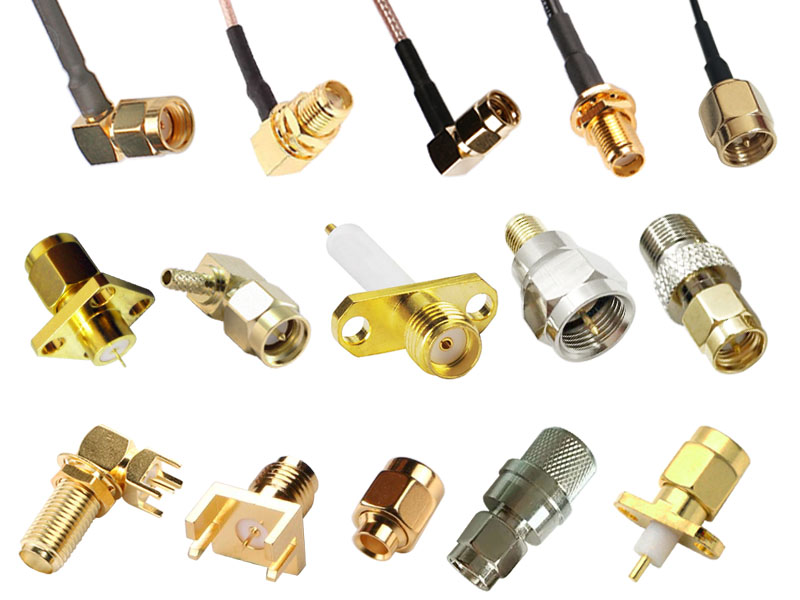-
We’re On Call 24/7 : +8613538296050
-
E-mail : anna@rohoconnector.com
We’re On Call 24/7 : +8613538296050
E-mail : anna@rohoconnector.com
SMA connectors play a crucial role in ensuring reliable and efficient communication in various industries. With their versatility and durability, SMA connectors have become a popular choice for connecting coaxial cables in a wide range of applications. This blog post aims to provide an overview of SMA connector classification and explore the different connection methods with coaxial cables.
SMA connectors are commonly classified based on their gender and size. Let's take a closer look at these classifications:
Gender:
a) SMA Plug (male): Features a center pin surrounded by threads.
b) SMA Jack (female): Contains a center hole surrounded by threads.
Size:
a) SMA: This is the standard size and is commonly known as SMA 50 Ohm.
b) RP-SMA: Reverse Polarity SMA, which has threads on the male connector and a hole on the female connector.
When it comes to connecting SMA connectors with coaxial cables, there are two primary methods: crimping and soldering. Let's examine each method in detail:

Crimping:
Crimping is a popular method for attaching SMA connectors to coaxial cables. This method involves using a crimp tool to compress the connector's ferrule onto the cable, creating a secure connection. The advantages of crimping include ease of installation, consistent performance, and reusability. Crimping is commonly used in applications where frequent cable assembly changes are required.
Soldering:
Soldering is another method used to connect SMA connectors with coaxial cables. This technique involves heating a solder material to melt it and create a bond between the cable's inner conductor and the connector's pin. Soldering provides a reliable and permanent connection but requires skill and experience to ensure proper insulation and avoid damage to the cable or connector.
SMA connectors are widely used in various industries for their excellent electrical performance and durability. Understanding the classification and connection methods with coaxial cables is essential for professionals working with SMA connectors. Whether using crimping or soldering, it's important to ensure proper installation and follow industry standards to achieve optimal results. Remember, choosing the appropriate SMA connector and using the right connection method will help maintain signal integrity and ensure reliable communication in your applications.